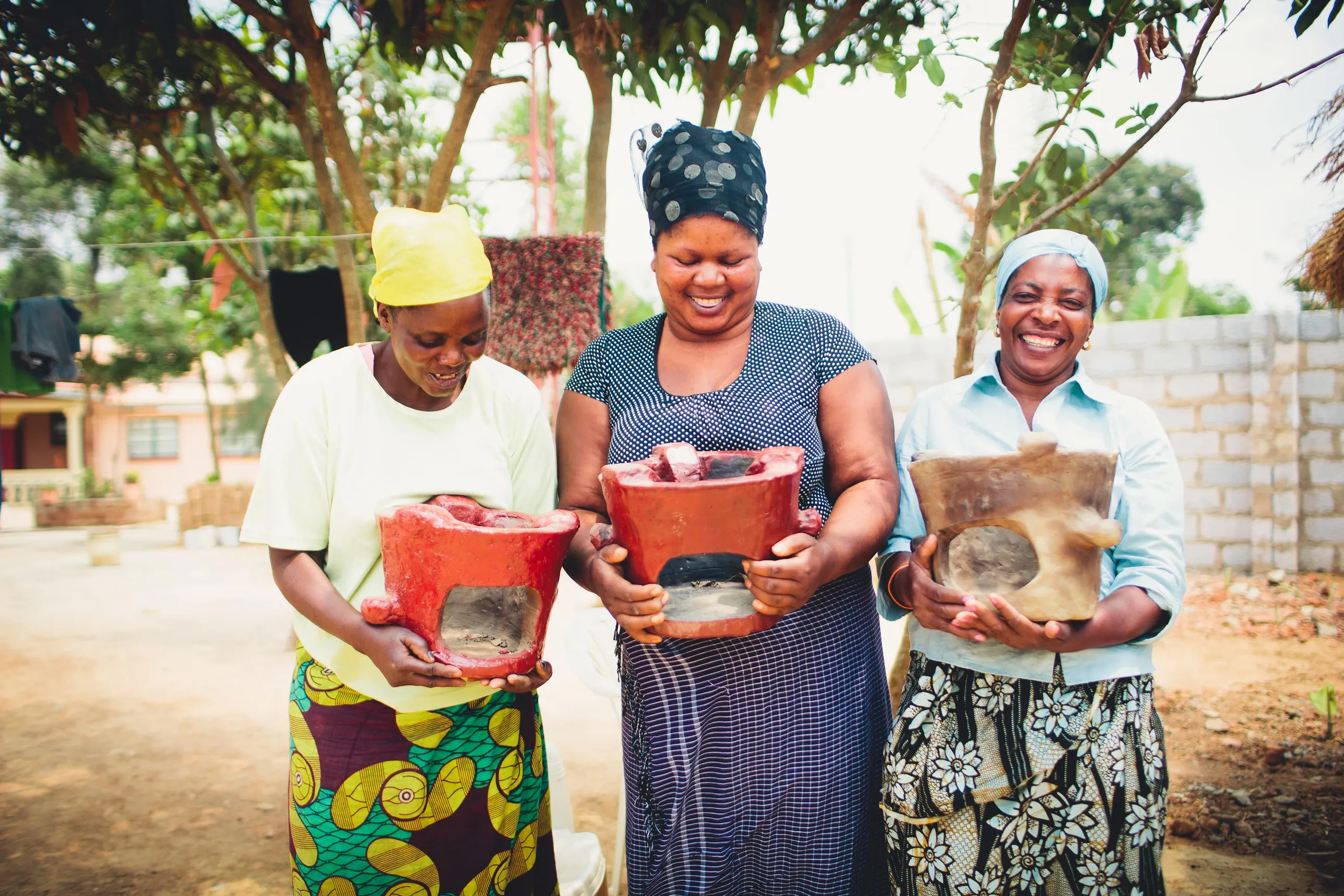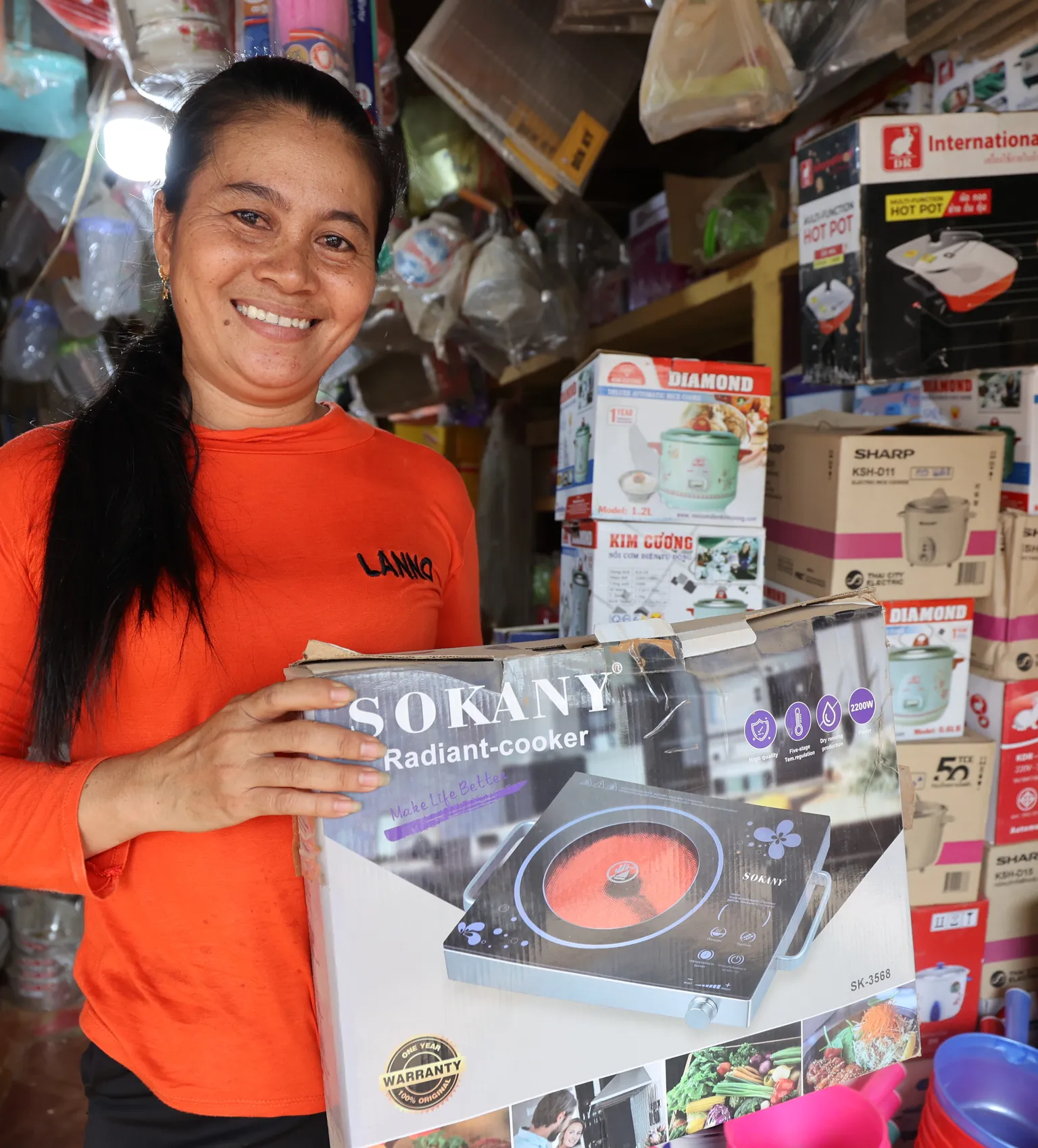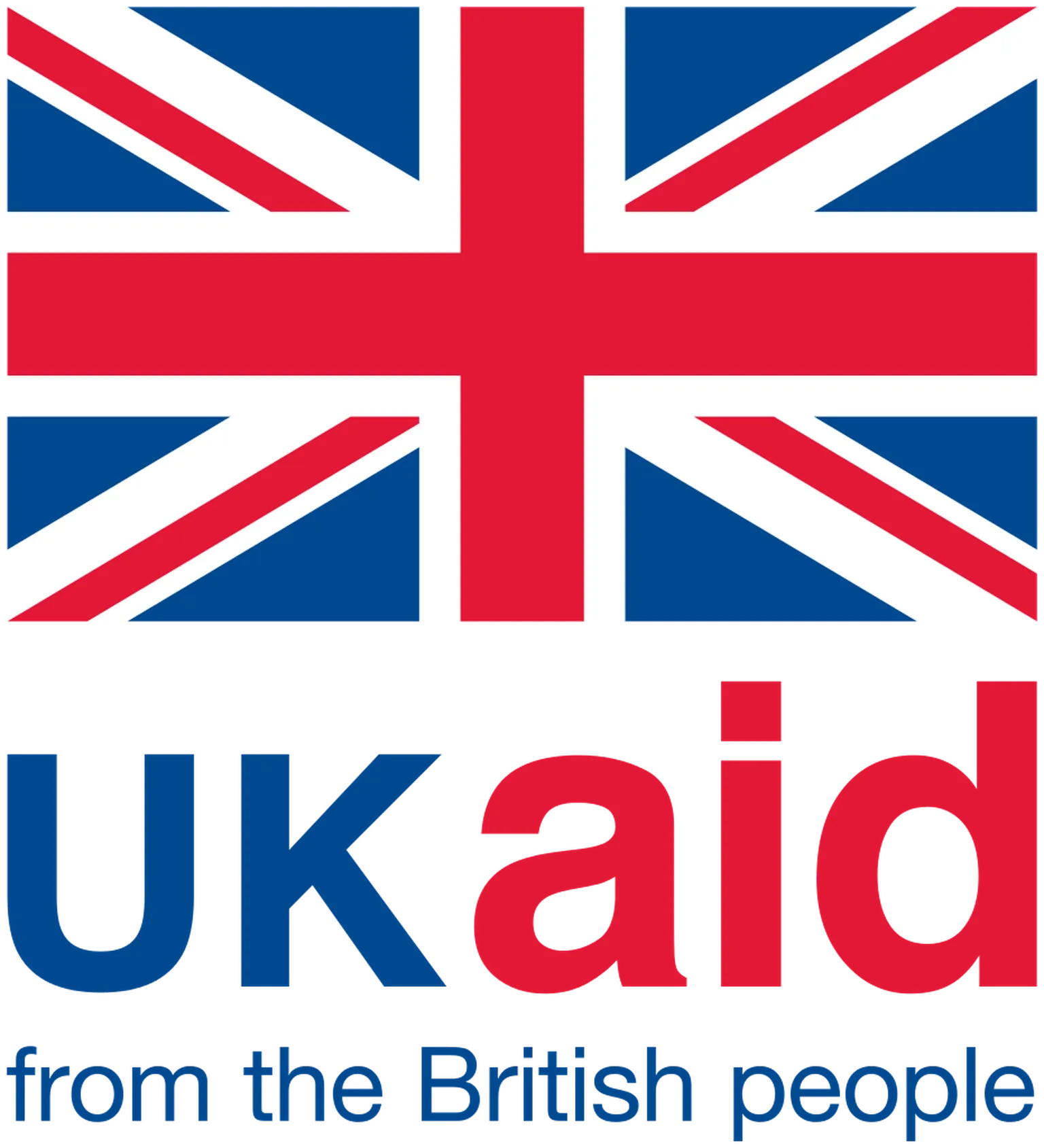Clean Cookstove Market Acceleration Project
Kenya,
concluded

Kenya is a country of approximately 45 million people comprising of 8 million households. The rural-urban split is 78%:22% and biomass provides 69% of the country’s overall energy requirements while petroleum accounts for about 22% and electricity 9%.
Kenya is a country of approximately 45 million people comprising of 8 million households. The rural-urban split is 78%:22% and biomass provides 69% of the country’s overall energy requirements while petroleum accounts for about 22% and electricity 9%.
Improved cookstoves
Currently, less than 37% of households in Kenya use a form of improved cookstoves. Estimations indicate that most of the ICS (improved cookstoves sector) in Kenya fall below tier 2 with more than 8,300 children dying every year as a result of acute lower respiratory infections including pneumonia, caused by the use of solid fuels.
The improved cookstove (ICS) sector in Kenya has been growing over the last 30 years with successful uptake realized for entry-level tier ICS estimated at between 1.5 million and 3.1 million stoves. Several developments in the clean cookstoves market in Kenya point towards a vibrant growing sector. Higher tiers with better efficiency ratios, reduced negative health impacts and long lifespans are only just emerging in the market.
Introducing Result-Based Financing
The ‘’Kenya Higher Tier Cookstoves Market Acceleration project’’ which is funded by DFID through the Energising Development (EnDev) programme is a five-year intervention implemented by SNV in Kenya. It aims to use the Results-Based Financing (RBF) approach to mitigate entry and market development barriers affecting the higher-tier cookstoves uptake in the country. The project's overall goal is to accelerate the adoption of higher-tier cooking technologies by mitigating entry and market development barriers. The target beneficiaries include microfinance institutions, distributors, retailers, manufacturers and not-for-profit organizations.
By working with a range of target beneficiary organizations promoting higher tier stoves in the Kenyan market, the learning objective is to determine the long-term impacts of incentives on market transformation and the cost-effectiveness of such measures. Based on this uptake and level of access, the project envisions that 134,473 tCO2 equivalents will have been avoided. To increase access, the project expects that the beneficiary organization pre-finances market barrier activities after which incentives are paid upon verification that the technology is with the end-user. The expected results include the deployment of 80,000 clean cookstoves, which would see 400,000 people accessing clean cooking technologies.
The available incentive fund for this project is EUR 899,853. The incentive paid per technology is a flat rate differentiated by the ISO IWA tier to which a stove belongs and it applies throughout the country. Incentives payment is triggered upon the achievement of pre-agreed results on qualified technologies and verification of claims by an independent body. The stoves test results that enable admission to the project are based on a test protocol developed and used by the Kenya Institute of Research and Development (KIRDI). The RBF project aims to support stoves that meet Tier 2 performance of the ISO IWA parameters revised as follows:
Safety has to be >tier 2
Thermal Efficiency (low and High Power) > tier 2
Indoor Emissions Particulate Matter (PM2.5) and CO (at least one has to be >tier 2 while the other should be >tier 1)
Cookstove
Incentive Rates (Euro)
< Tier 2 in CO emissions[1]
8
Tier 2
10
Tier 3
13
[1] For any approved stoves whose performance parameters have all reached Tier 2 except for CO. (this conditional provision has been approved by the project).
The project has been able to support over 20 companies since its inception including - financial institutions, distributor companies, manufacturers and not for profit organizations.
The project county coverage is at 100%, meaning there is at least one organization or a representative promoting higher-tier technologies in each of the 47 counties in Kenya. This is attributed to the incentives paid to the organizations that have supported scale-up/ expansion efforts.
Achievements
As of September 2019, the project had attained its target in terms of technologies deployed. 81,347 higher-tier cooking technologies have been reported as sold.
Similarly, four verification exercises have been undertaken from which a total recommended payment of EUR 488,216 has been disbursed.
The difference between the accrued incentives and the paid incentives is expected to be disbursed after completion of the verification process that is currently underway.





